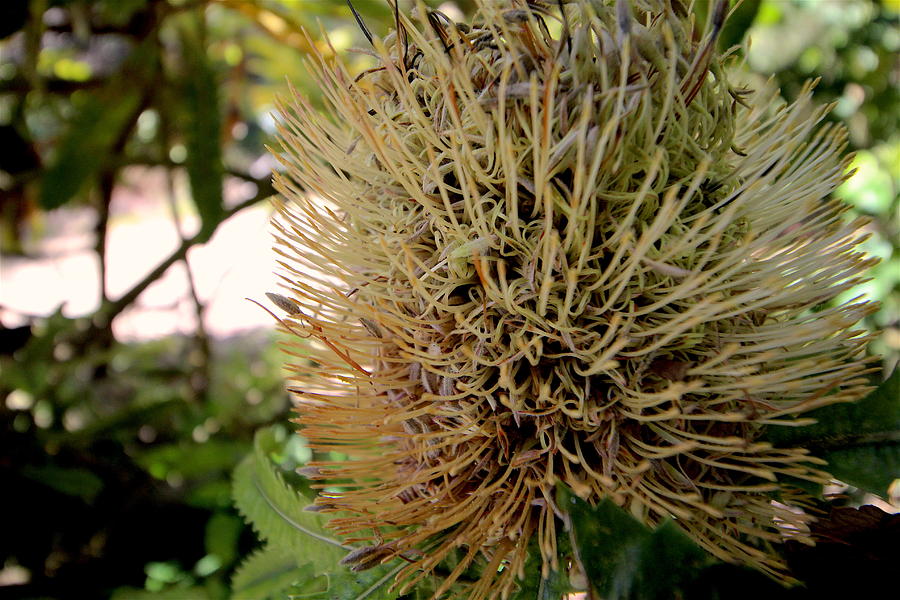
Old Man Banksia Photograph by Nicholas Miller Fine Art America
Banksia serrata (Old Man Banksia) is a species of tree in the family Proteaceae. They have a self-supporting growth form. They are native to australasia. They have simple, broad leaves. Individuals can grow to 7.3 m.

Old Man Banksia Old Man Banksia (Banksia serrata) at Kuri… Flickr
Banksia serrata is a broadleaf evergreen tree or shrub with blue and green foliage and yellow and silver flowers in fall. It can grow 30 FT - 40 FT - wide, 30 FT - 50 FT - tall. Attractive to bees, butterflies and hummingbirds. Deer resistant. To grow well, it prefers sun - mostly sun and regular - low water. Drought tolerant once established. Adaptable to various soil conditions. Grows best.
Oldman Banksia Project Noah
Family : Proteaceae Cultivar Name: Plant Type : Small tree, Large shrub Width : 4 Flowering Time : Spring, Summer Soil Type : Sandy, Loamy, Sandy loam, Clay loam, Saline, Poor soil Climate Zone : Sub-tropical, Warm temperate, Cool temperate, Mediterranean Growth Habit : Soil Moisture : Dry, Well-drained, Moist moderate drainage
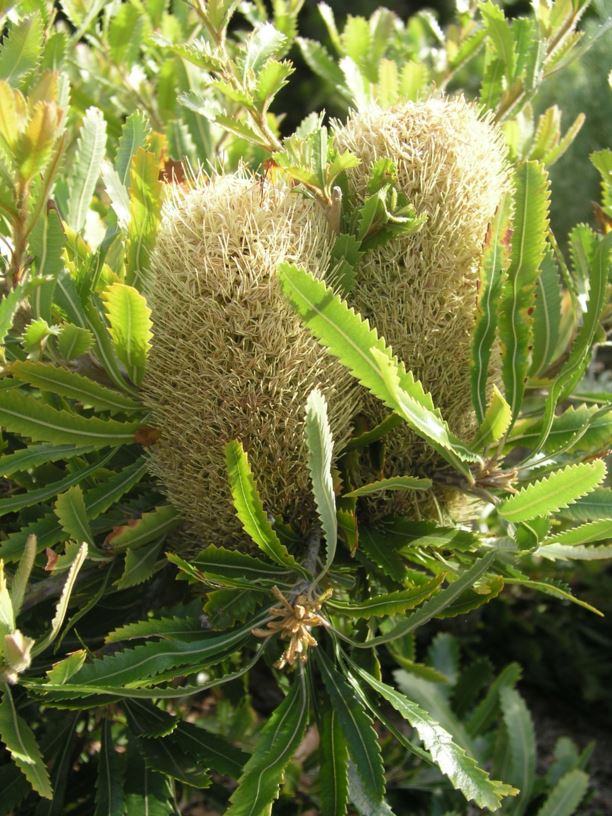
Banksia serrata Oldman Banksia, Wiriyagan (Cadigal) Royal Botanic Garden Sydney
These gnarly shrubs are covered each season in flowers that provide food for mammals, birds and insects in Sydney's gardens and bushland. Find out more with.
Sydney Eye Old Man Banksia [banksia serrata]
Old Man Banksia needs 0.5 cups of water every 9 when it doesn't get direct sunlight and is potted in a 5" pot. Use our water calculator to personalize watering recommendations to your environment or download Greg for more advanced recommendations for all of your plants.
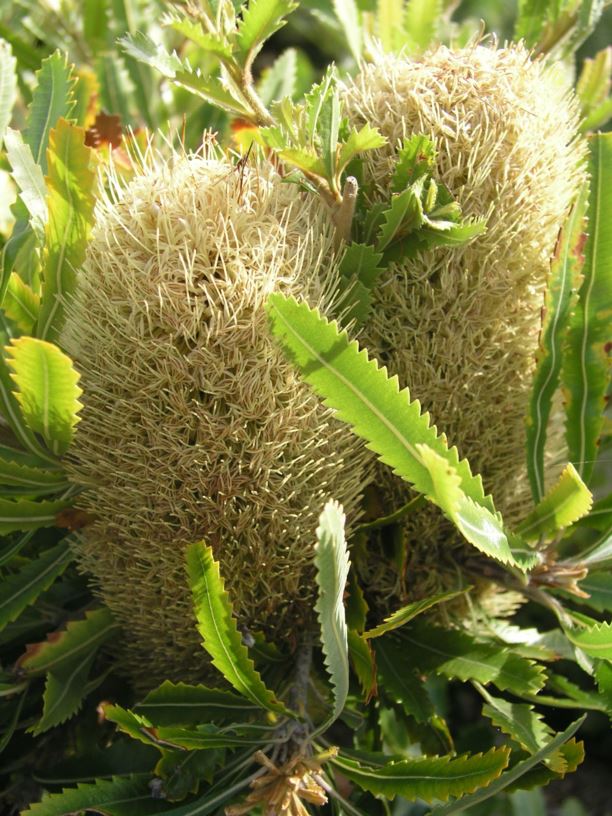
Banksia serrata Oldman Banksia, Wiriyagan (Cadigal) The Australian Botanic Garden Mount Annan
Old man banksia View full screen Pause Play Hardy Australian native plants, old man banksias can be found along the coast, and in the dry sclerophyll forests and sandstone mountain ranges of NSW. With roughened bark and gnarled limbs, they produce a distinctive cylindrical yellow-green banksia flower which blossoms from summer to early autumn.
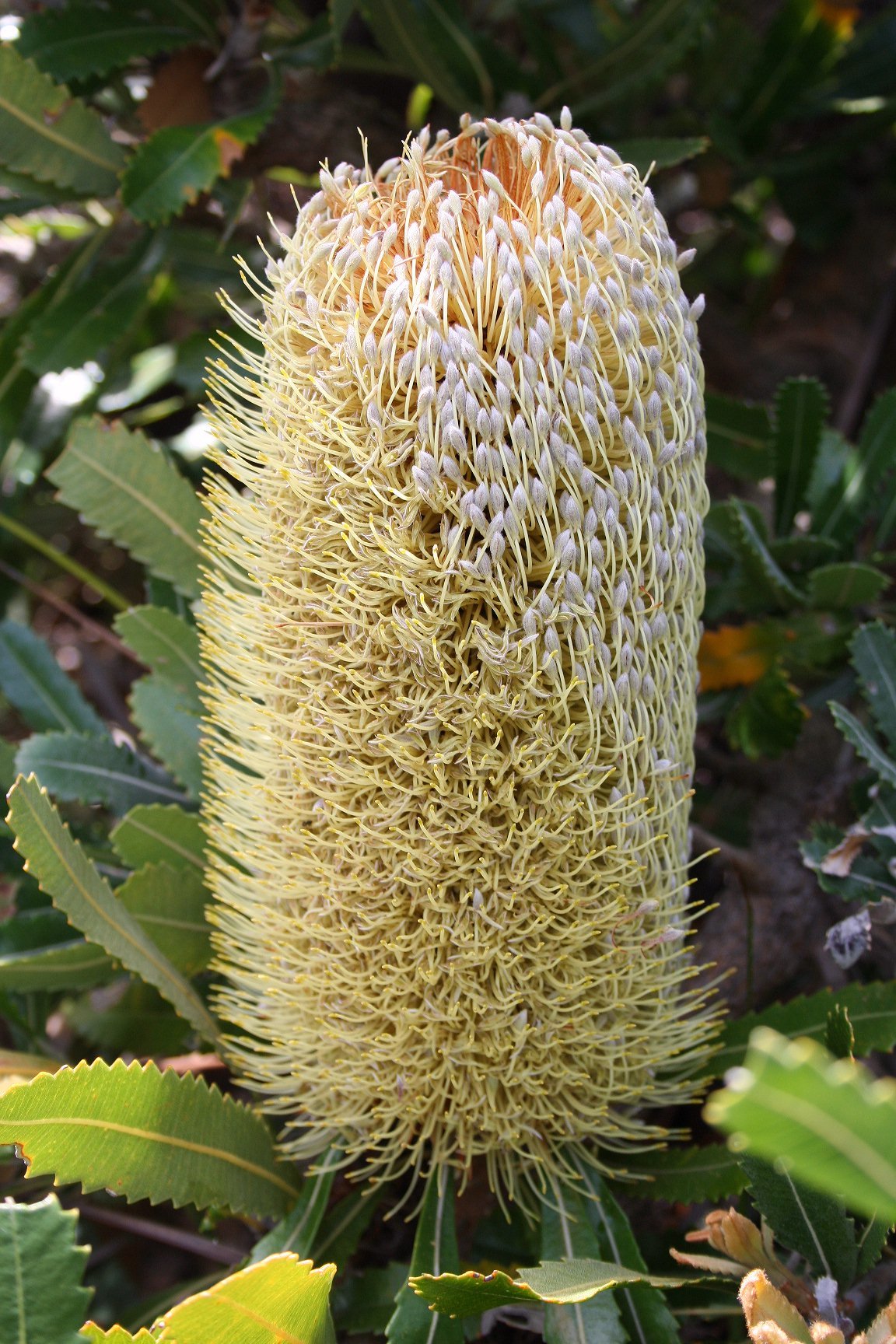
Old Man Banksia media Encyclopedia of Life
Banksia serrata or 'Old Man Banksia' is a small to medium sized tree that adds texture and character to gardens. Easy care and slow growing.
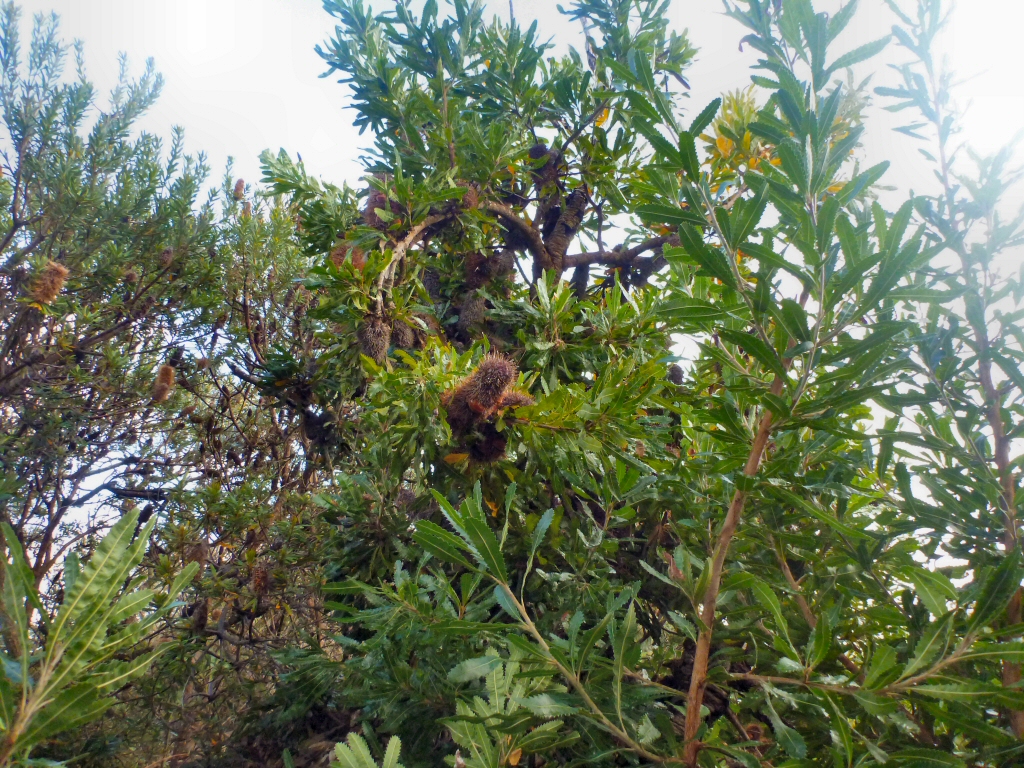
Banksia serrata Old Man Banksia Gardening With Angus
Although Old Man Banksia occurs in a number of vegetation communities across HSC area, it is only in Community G that it comprises part of the dominant canopy as a tree. Common Name: Old Man Banksia. Derivation of Name: Banksia; in honour of Joseph Banks, named by Carl von Linne'. serrata, from Latin serratus; saw edged. Conservation Status:

Old man Banksia DSCN1432 Ian Sutton Flickr
The Old Man Banksia, scientifically known as Banksia serrata, stands out for its distinctive large flower spikes. These, coupled with its rugged appearance, have cemented its place in many Australian gardens. From offering shelter to local wildlife to serving aesthetic and practical purposes in landscaping, this plant's versatility is noteworthy.
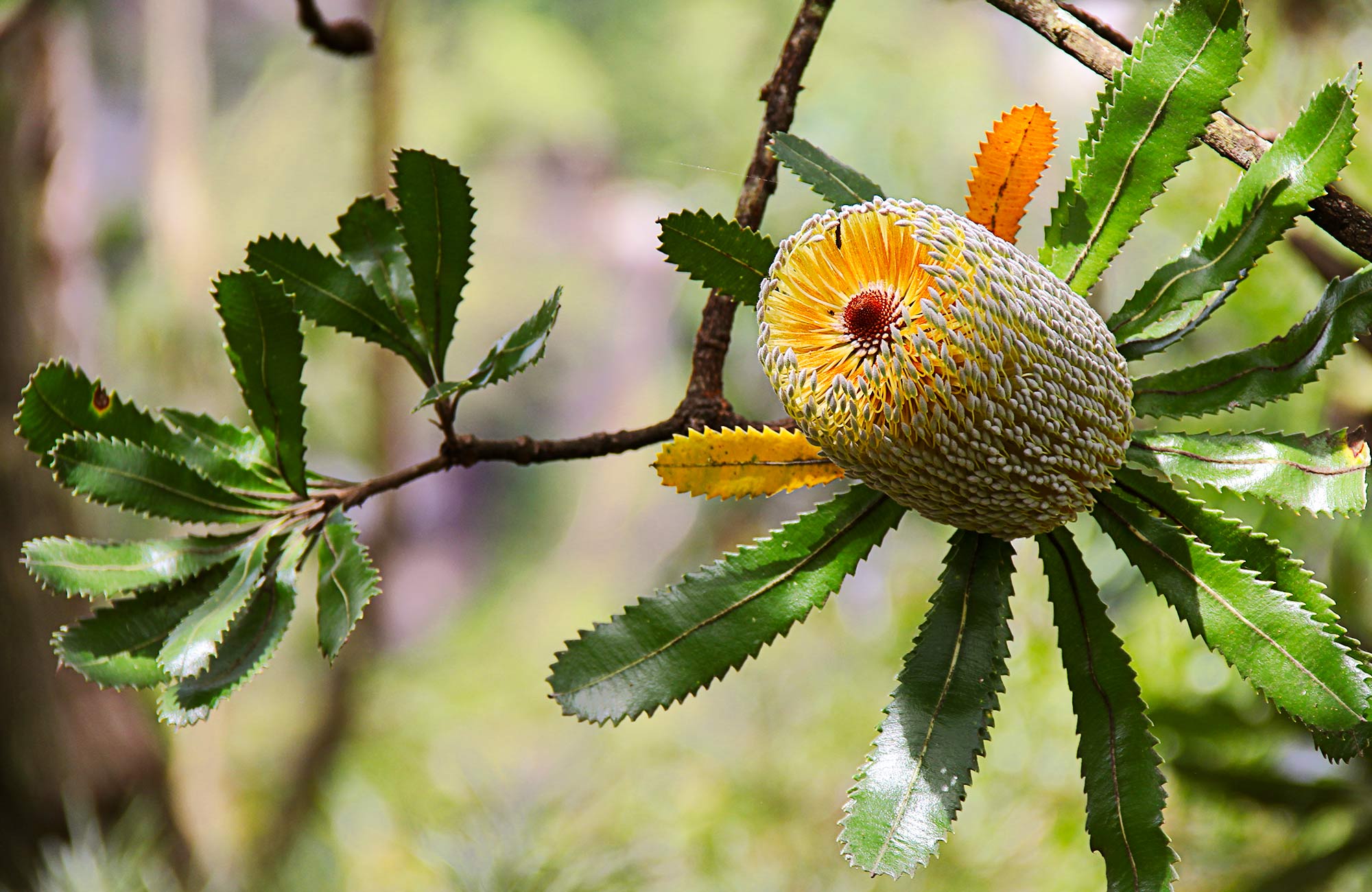
Old man banksia Australian native plants NSW National Parks
Banksia serrata (saw banksia) with its serrated foliage and "old man banksia" cones is the archetype for most Australians. Recently in a Melbourne garden I admired three small, mature banksia trees.. Banksia vincentia (Proteaceae), a new species known from fourteen plants from south-eastern New South Wales, Australia (pdf)

Old man banksia
The old man banksia is a common woody tree species found along the east coast of Australia. The Darug word for banksia is wadanggari. Old man banksias are named after their distinctive wrinkly grey bark. Their bark, gnarled and twisted shape and shiny dark green leaves with saw-toothed edges make them easy to identify.
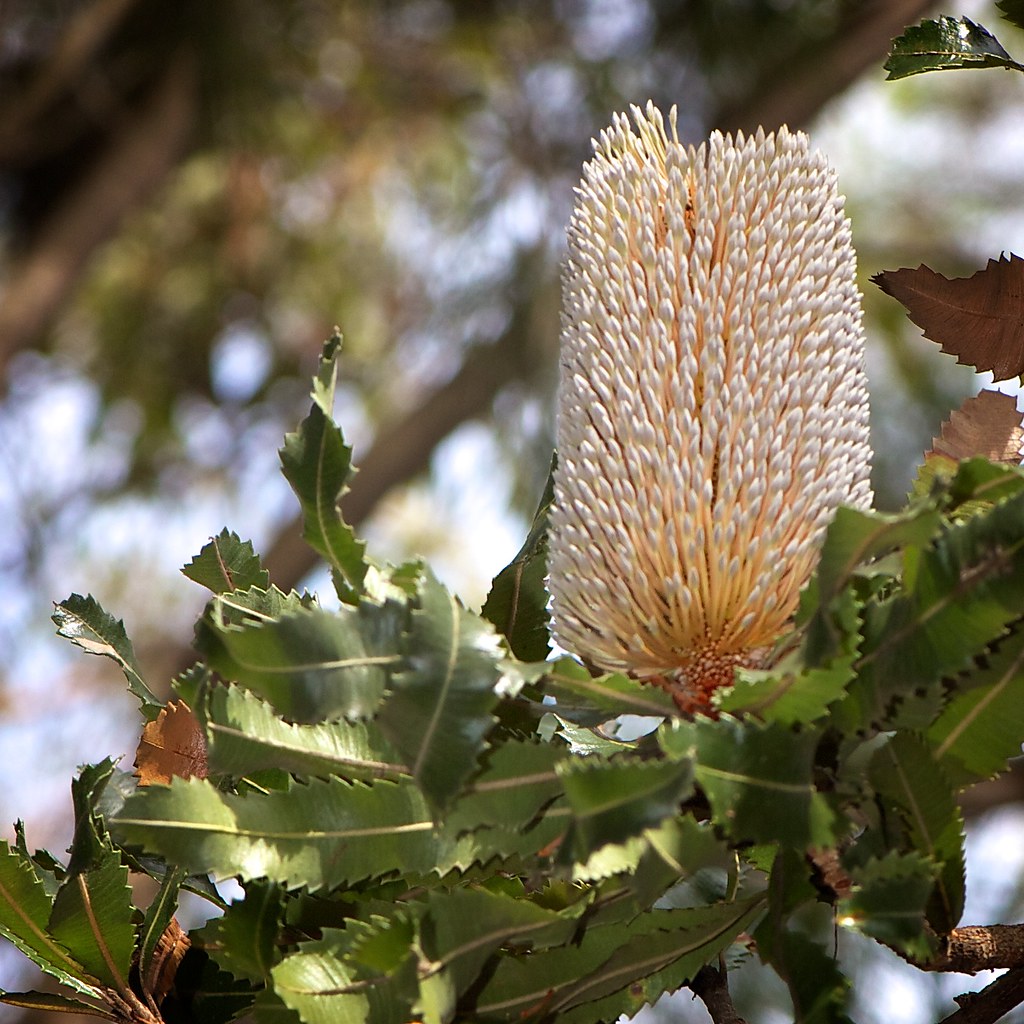
Old Man Banksia Banksia serrata Andy Flickr
Banksia is a genus of around 170 species of flowering plants in the family Proteaceae. [1] These Australian wildflowers and popular garden plants are easily recognised by their characteristic flower spikes, and woody fruiting "cones" and heads. [2] : 1 Banksias range in size from prostrate woody shrubs to trees up to 30 metres (100 ft) tall.
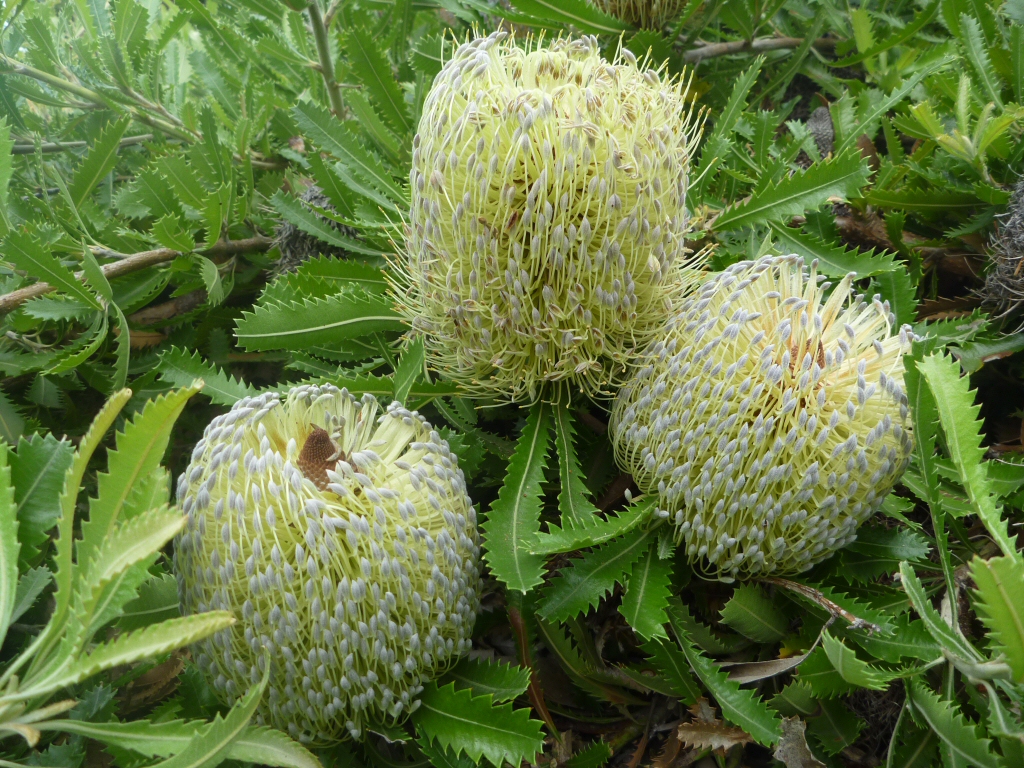
Banksia serrata Old Man Banksia Gardening With Angus
Old Man Banksia probably typifies the Australian sandstone flora more than any other Australian plant. Wonderful old trees with gnarled, corky bark can be found in scrub and woodland on sandy soils along the east coast of mainland Australia, from Queensland, through New South Wales and Victoria to north-western Tasmania and Flinders Island.

Old Man Banksia Banksia Serrata Old Man Banksia Saw Ba… Flickr
Banksia serrata, commonly known as Old Man Banksia, is a species of evergreen shrub or small tree native to the east coast of Australia. It is known for its distinctive, large, serrated leaves and unique, cylindrical flower spikes. Growing Conditions.

Old man banksia Field of Mars Environmental Education Centre
Description of the plant Like other members of the Proteaceae family, Old Man Banksia is adaptable, and can be found in arid soils or in inhospitable areas, but normally grows in woodland and open forests. It can reach 17 meters in height and as it ages, it develops a massive, gnarled trunk enclosed by a dark, wrinkled and irregular bark.
Banksia serrata, Old Man Banksia r/australianplants
Banksia ericifolia (Heath Banksia) Banksia ericifolia. This species is commonly found in NSW and loves to grow in acid and sandy soils. It has small slender leaves and delightfully long slender flowers in orange. The heath banksia is also Sydney's official flower. In the wild, the heath banksia can reach a height of 6 metres.